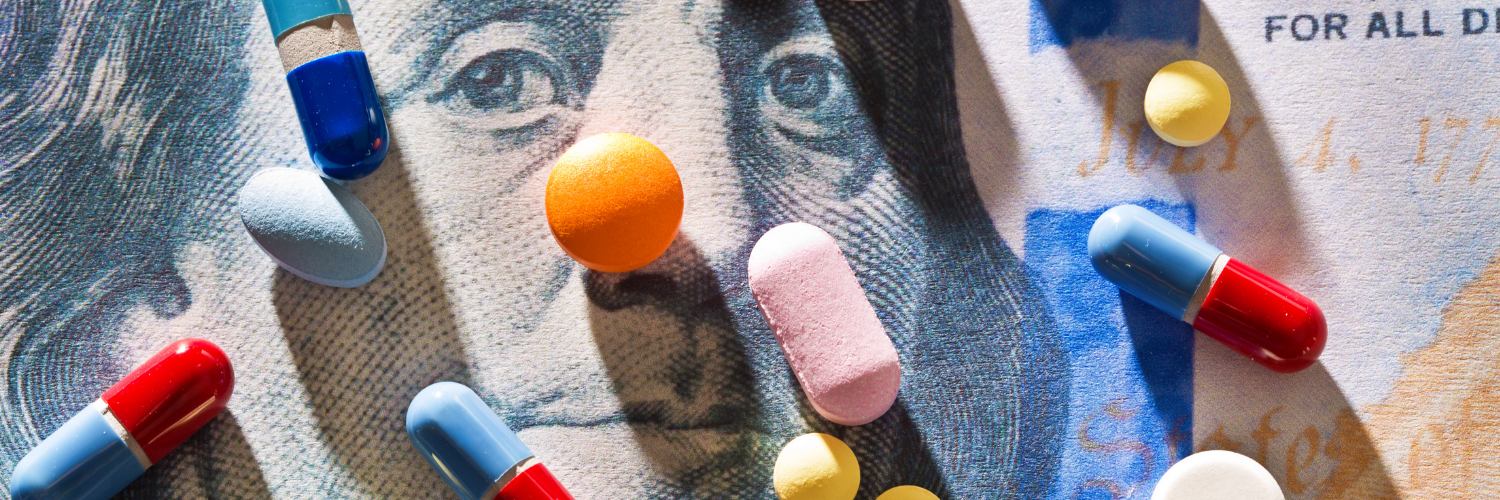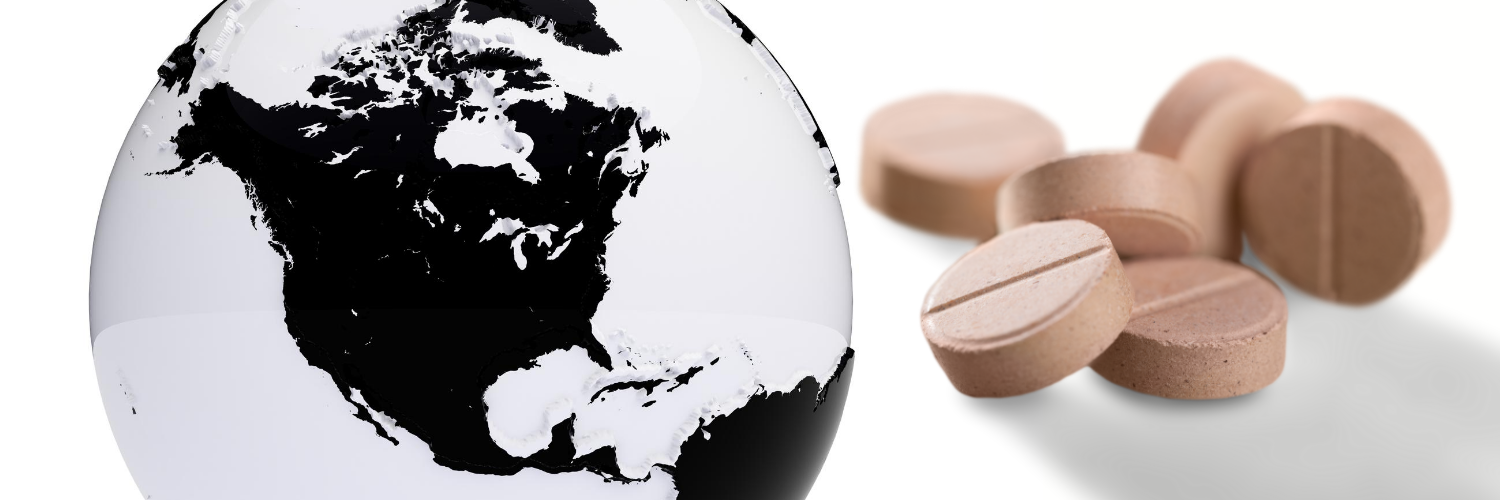6 Reasons Your Prescription Drug Bill is So High

Copay exorbitant? Or, more likely, is your prescription cash price (with no insurance) just too expensive? These are common problems in the U.S. Eight out of ten Americans find U.S. prescription prices unreasonable. Nearly three in ten have admitted that they or a family member have skipped medication in the past year due to cost, according to research published in 2019. At the start of the pandemic, according to the Commonwealth Fund, about 30 million Americans did not have health insurance and another 40 million categorized as underinsured. . Research from Families USA shows that an additional five million had lost their health insurance through July of this year. Meanwhile, drug costs are rising. Nearly 600 drug prices shot up in the first quarter of 2020 alone. Since July, per a report from Patients for Affordable Drugs, over 200 drugs have seen price hikes as well.
1. Weak regulation
Why does the U.S. have high drug prices? Simply put, because it can. Many other countries have regulations in place to keep drugs from becoming unaffordable. Canada employs a drug pricing bureau that is independent of the government to do so. As a result, Canadian drugs are priced far lower than in the U.S.
2. Evergreening
Big Pharma can extend patents — their legal right to market exclusivity — with a process called “evergreening.” Companies do this by introducing minor changes to the drugs, thereby earning a new patent on what is not technically a “new” drug. Things like “extended release” tablets or a new delivery mechanism for an asthma inhaler can be evergreening tactics. Those changes can prevent generic competition for a long time, just as some trees are evergreen.
3. Pay-for-delay
Per Kaiser Health News, pay-for-delay masquerades under its more official and benign-sounding name “reverse-payment-agreements.” These agreements are essentially scenarios where brand name baddies pay off generic drugmakers to postpone selling generics. One could consider this “bribing.” Senator Amy Klobuchar is trying to quell this practice, introducing a bill in 2017 titled the Preserve Access to Affordable Generics and Biosimilars Act.
4. The 2003 Medicare Prescription Drug, Improvement, and Modernization Act
Medicare got a boost in 2003 with the passage of the Medicare Prescription Drug Improvement, and Modernization Act (MMA). The law moved the needle in the right direction but left gaping holes in the problem. After about 38 years with no pharmacy benefit, Medicare finally expanded to include prescription drugs at the pharmacy counter. It was long overdue as drugs were becoming (and remain) an increasingly heavy financial burden. (Drug prices went from reasonable to absurd between 1990 and today.) Sounds cool, right? Unfortunately, MMA came with a gaping hole in coverage lovingly called the Medicare donut hole, which finally closed last year. Problem solved? No. MMA, in a major handout to Big Pharma, banned Medicare from negotiating drug prices. Even though Medicare Part D offers better drug coverage, drug companies can charge whatever they want in Medicare and we have to pay for it, either through our taxes or co-pays and deductibles.
5. Biologics and biosimilars
Biologics are extremely tricky medical products. They come from biological matter, frequently from other organisms or humans themselves. Creating them is incredibly difficult, and drug manufacturers keep their prices high presumably because of that fact. They include insulin, Humira (adalimumab) for arthritis, and some drugs for Crohn’s disease, among others. PharmacyChecker-accredited international pharmacies frequently do not sell biologics because transport can be difficult. (Many need to be refrigerated.)
Biosimilars are the generic equivalents of biologics, but they aren’t chill enough to earn the name “generic.” Creating them is just as difficult as making the original biologic, which, some have argued, disincentivizes generic drug manufacturers from making them at all. Again, here, Big Pharma is trying to prevent competition biosimilars. The Federal Trade Commission recently put them on notice to stop.
6. Advertising
In this whole wide world of 195 countries, only two allow pharmaceutical companies to advertise to consumers (direct-to-consumer advertising). Those countries would be us, the U.S., and New Zealand. What’s the big deal? Drug ads often lead to patients seeking out highly expensive brand name drugs for which there are suitable and much less expensive generics.
Most pharmaceutical companies spend more on advertising than they do on research and development.
Recently, the Trump administration tried to compel drug companies to add drug prices to their advertisements, an adjustment that would put the drug pricing crisis center stage. (Imagine, if you will, discovering that Jardiance costs $600 per month during the Super Bowl.) The attempt failed when a federal judge blocked the rule from going into effect. The reason? A few drugmakers argued the rule violated their First Amendment rights.




